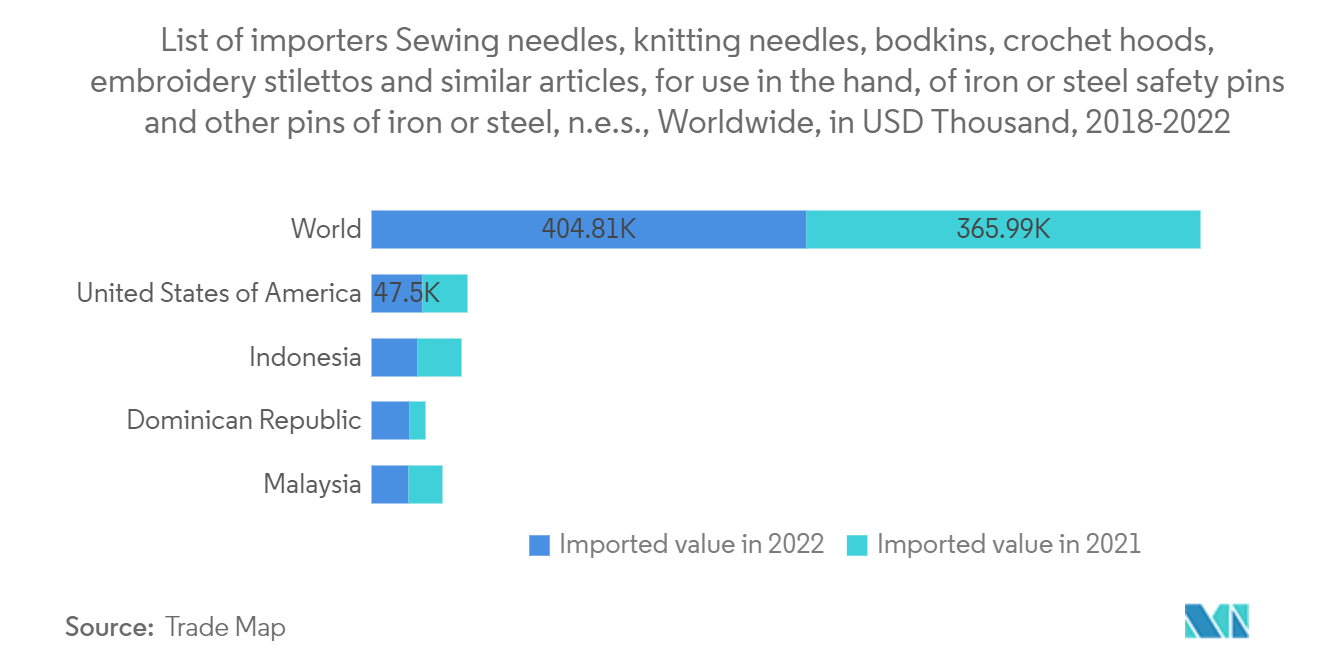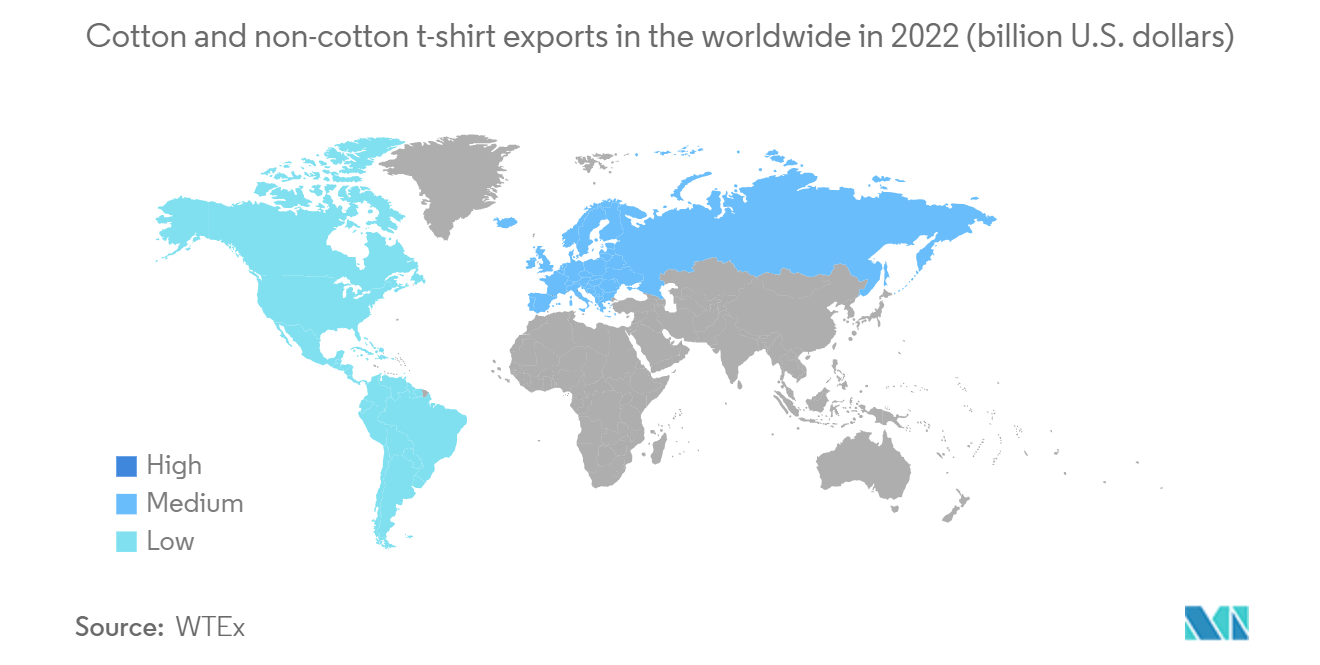Market Trends of Embroidery Machine Industry
Multi-head Embroidery Machines are growing - More heads are better than one
Multi-needle embroidery machines have a bright future ahead of them. Single-needle machine embroidery machines, on the other hand, are a bit less exciting. Single-needle sewing machines have been around for a long time. Still, it’s only recently that small business owners have started to realize the limitations of using a single-needle machine to run a business.
Embroidery machines with multiple sewing heads can work on different areas of the same garment or fabric at the same time. This means that multiple heads can work on the same part of the embroidery machine at the same time, significantly increasing the efficiency and output of the machine compared to a single-head machine.
Multi-head machines are used by businesses, particularly in the textiles and apparel industry, that need to produce large amounts of embroidery products. This means that multi-head machines are the best choice for manufacturers that have to deal with high-volume orders.
When multiple heads are working on the same embroidery product at the same time on the same machine, the amount of time needed to complete one batch of embroidery decreases significantly. This is especially important for businesses that need to meet tight deadlines and optimize their production schedules.

Asia- Pacific is dominating the region
Asia-Pacific region is home to some of the world's largest apparel markets, such as China, India, and Japan. China is the world's largest exporter of apparel products. Bangladesh and Vietnam are among the top five apparel exporters in the world. Several Asian economies have significant GTF (garment, textiles, and footwear) manufacturing industries.
The garment, textiles, and footwear industries continue to play a vital role in Asian economies, providing employment for around 60 million people in the region and supporting millions more in the form of indirect employment.
The textile sector continues to grow in most of East Asia, with the highest growth rates observed in China, Vietnam, Indonesia, and Cambodia. This region is home to some of the biggest names in the European fashion industry, such as Nike and Zara, as well as C&A, H&M, and others. Textiles represent the fourth largest environmental impact due to European consumption.
As the world's largest garment producer, the East Asian region plays a significant role in the global textiles and apparel supply chain, accounting for around 55 percent of global textile exports in 2019.
Vietnam alone exported an estimated USD 37.6 billion worth of apparel, garments, and textile products to the world in 2022, of which USD 5.8 billion. The industry continues to grow rapidly, partly due to increased involvement in Southeast Asia due to the implementation of the two free trade agreements, the EFTA and the EU-Vietnam free trade agreement. As a result of the European Economic Area Free Trade Agreement (EU-Vietnam Free Trade Agreement), Vietnamese goods have become increasingly dependent on the EU market. However, since the outbreak of COVID-19, the garment and textile industries in East Asia have been affected by a decrease in demand in key markets such as the European Union (EU) and the United States (U.S.). In addition, textile exports from the Indonesian, Malaysian, Thai, and Vietnamese markets also decreased in 2020.


